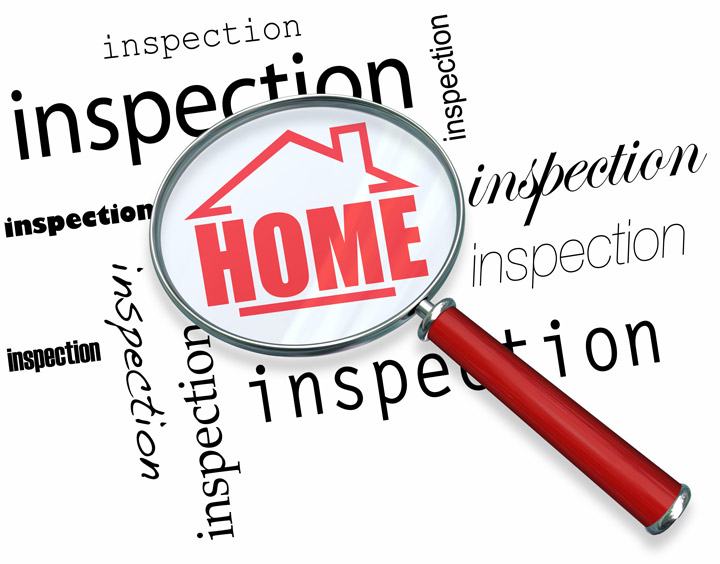
Understanding AppraisalsA home purchase can be the biggest transaction many of us could ever make. Whether it's a main residence, a second vacation home or one of many rentals, the purchase of real property is a detailed transaction that requires multiple people working in concert to pull it all off. It's likely you are familiar with the parties taking part in the transaction. The real estate agent is the most known person in the exchange. Then, the lender provides the money required to bankroll the exchange. And the title company sees to it that all requirements of the transaction are completed and that the title is clear to pass from the seller to the buyer. So, who's responsible for making sure the real estate is worth the purchase price? In comes the appraiser. We provide an unbiased estimate of what a buyer could expect to pay — or a seller receive — for a property, where both buyer and seller are informed parties. A licensed, certified, professional appraiser from Acela Appraisers will ensure, you as an interested party, are informed. Inspecting the subject propertyTo ascertain the true status of the property, it's our responsibility to first perform a thorough inspection. We must actually see features, such as the number of bedrooms and bathrooms, the location, living areas, etc, to ensure they really are present and are in the condition a typical buyer would expect them to be. To ensure the stated square footage has not been misrepresented and illustrate the layout of the property, the inspection often requires creating a sketch of the floorplan. Most importantly, we look for any obvious amenities - or defects - that would affect the value of the property. Following the inspection, an appraiser uses two or three approaches to determining the value of the property: a paired sales analysis, a replacement cost calculation, and an income approach when rental properties are prevalent. 
Cost ApproachThis is where we gather information on local construction costs, labor rates and other elements to calculate how much it would cost to replace the property being appraised. This value often sets the maximum on what a property would sell for. It's also the least used method. 
Analyzing Comparable SalesAppraisers can tell you a lot about the subdivisions in which they appraise. They thoroughly understand the value of certain features to the residents of that area. Then, the appraiser looks up recent sales in close proximity to the subject and finds properties which are 'comparable' to the subject in question. By assigning a dollar value to certain items such as upgraded appliances, additional bathrooms, additional living area, quality of construction, lot size, we adjust the comparable properties so that they more accurately portray the features of subject.
A valid estimate of what the subject might sell for can only be determined once all differences between the comps and the subject have been evaluated. At Acela Appraisers, we are an authority in knowing the value of particular items in Spring Valley and Rockland County neighborhoods. This approach to value is commonly given the most consideration when an appraisal is for a home sale. Valuation Using the Income ApproachA third method of valuing approach to value is sometimes used when a neighborhood has a reasonable number of renter occupied properties. In this situation, the amount of income the property yields is factored in with income produced by comparable properties to give an indicator of the current value. Coming Up With The Final ValueExamining the data from all approaches, the appraiser is then ready to stipulate an estimated market value for the property in question. The estimate of value on the appraisal report is not always what's being paid for the property even though it is likely the best indication of what a property is worth. It's not uncommon for prices to be driven up or down by extenuating circumstances like the motivation or urgency of a seller or 'bidding wars'. But the appraised value is typically employed as a guideline for lenders who don't want to loan a buyer more money than they could recover in the event they had to sell the property again. It all comes down to this, an appraiser from Acela Appraisers will guarantee you attain the most fair and balanced property value, so you can make profitable real estate decisions. |